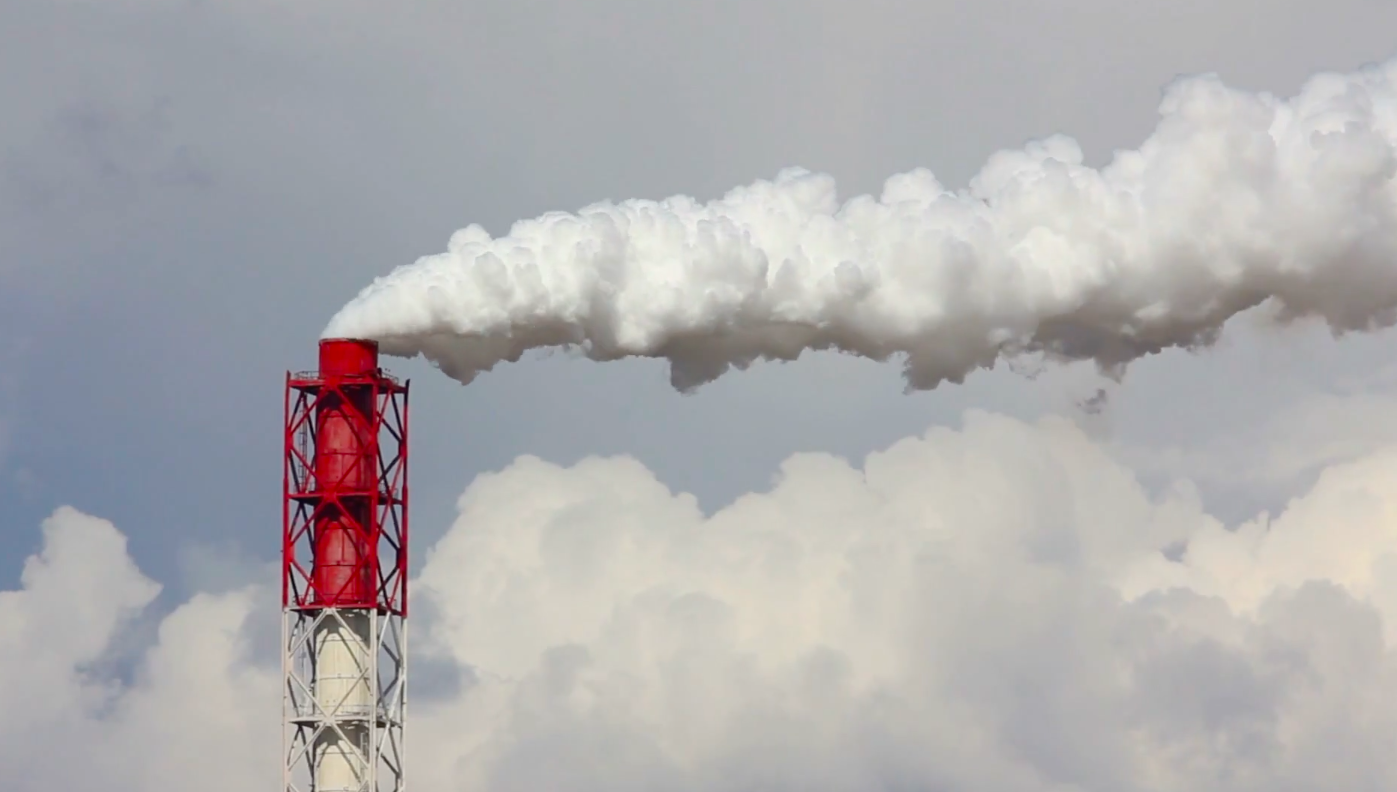The European Union is on the cusp of ditching a controversial energy investment pact that its critics say is holding back the energy transition. Here is the lowdown on the Energy Charter Treaty and why it has turned sour.
Back in 1998, more than 50 countries signed up to the Energy Charter Treaty, an international agreement that was drawn up following the fall of the Soviet Union.
Its main aim was to protect the interests of European energy companies that held assets in former Soviet bloc countries, as well as promoting energy security and cooperation between its signatories.
That was fine, for a while. Then the international community realised that burning fossil fuels is not consequence-free, prompting landmark climate initiatives like the Paris Agreement and the EU’s Green Deal.
Unfortunately, the ECT’s raison d’etre clashes completely with Europe’s now well-established green tilt. Energy companies can essentially sue governments if their interests are affected by emissions-busting policies. Not ideal.
Take Italy as an example. Its government decided to leave the treaty in 2016 and has as a result been hit by seven investor disputes since. That undoubtedly puts the brakes on policies like oil and gas phaseouts, as national purses risk having to pay out hundreds of millions to settle legal claims.
That money would obviously be better spent installing solar panels, building wind turbines and upgrading electrical grids.
Attempts at reform have largely failed. A push a couple of years ago to at least eliminate investment disputes between EU countries and to remove fossil fuel projects from eligibility under the ECT’s provisions fell at the final hurdle.
That is why the European Parliament has already voted to leave the treaty, why the European Commission proposed how it could be done and why energy ministers will formally decide on the issue next week at a summit.
Several EU countries have already decided to leave the ECT unilaterally, including Italy, France, Germany and Poland. Others are in the process of withdrawing.
This is all well and good but investments made prior to a country’s exit are protected by sunset clauses that last 20 years. That might leave governments open to legal action for the next two decades and is a point that will still need to be negotiated.
Under the current plan, the EU will leave the ECT and EU members will be given the opportunity to vote in favour of modernising the treaty. If countries still want to remain in the pact, they will require special permission from the EU.
Cyprus and Hungary have in the past signalled that they would like to preserve their membership but if the rest of the bloc exits, what is the point? Time will tell if their position changes or not.
It is all rather complicated and opaque, much like the ECT itself. It also shows the risky nature of investor dispute mechanisms and why the EU has largely abandoned them when brokering new trade deals.
Ministers are expected to formally endorse the exit plan at their summit, allowing the Commission to trigger the withdrawal process as early as this month. In one year, the EU will have formally left.
Under what level of risk of further investor disputes the bloc leaves, remains to be seen.
Want more updates and analysis of what is happening in the world of energy and climate? Interested in finding a job in the sector or more information about public tenders? Sign up to our Energy Rundown newsletter here!

